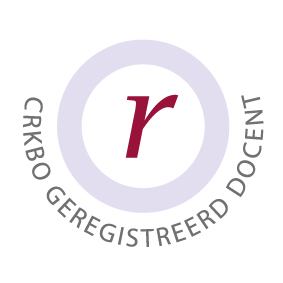Kufi
Back to: Contents
Kufi
Kufi was the dominant priestly script in early times. It was created after the establishment of the two Muslim cities of Basrah and Kufah in the second decade of the Islamic era (8th century A.D.). The script has specific proportional measurements, along with pronounced angularity and squareness. It became known as al-Khat al-Kufi (Kufi script).
Kufi script had a profound effect on all Islamic calligraphy. In contrast to its low verticals, Kufi has horizontal lines that are extended. The script is considerably wider than it is high. This gives it a certain dynamic momentum. The script often is chosen for use on oblong surfaces. With its glorious Handasi (geometrical) construction, Kufi could be adapted to any space and material — from silk squares to the architectural monuments left by Timur at Samarqand.
Because Kufi script was not subjected to strict rules, calligraphers employing it had virtually a free hand in the conception and execution of its ornamental forms.
The most unique variants of Kufic script are:
Al-Kufi al-Mukhammal:
The writing stands out against a background of floral and geometric designs superimposing the movement of the script over the movement of the underlying pattern.
Al-Kufi al-Muzaffar:
The flow of the words blends beautifully in a unique way with the movement of the stressed and dense vertical letters.
Al-Kufi al-Handasi:
The composition is based on the intertwining of geometric shapes — including circles, squares, and triangles — with the words.
These ornamental Kufic versions were applied to the surfaces of artistic and architectural objects including surfaces of stucco, wood, tile, metal, glass, ivory, textiles, and bricks.
Permalink Comments off




